#book club's readings
Text
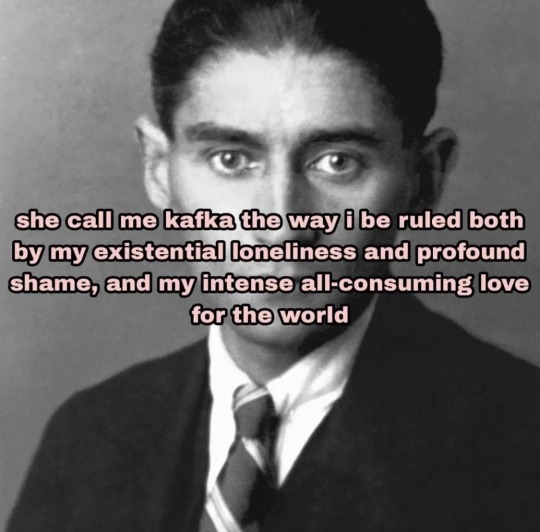
#franz kafka quotes#franz kafka#franz kafka diaries#letters to milena#the metamorphosis#metamorphosis#books and reading#books#bookblr#bookworm#literature#literary quotes#gregor samsa#the castle#amerika#consuming#profound#literature club#book quotes#daily kafka#kafka#kafka quotes#books & libraries#old literature#old books#feminine hysteria#girly memes#just girly thoughts#girl blogger#girly blog
6K notes
·
View notes
Text
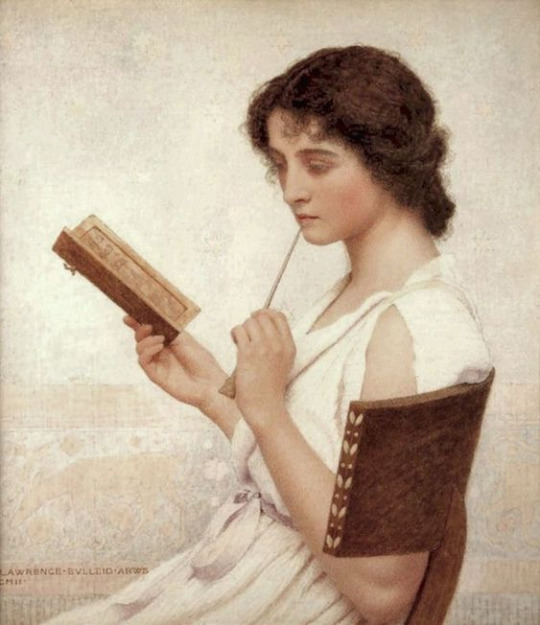

Book club paintings vol. 1 ♡ The Love Letter (1911) by George Lawrence Bulleid and Miss Auras, The Red Book (1907) by John Lavery
#cottagecore#bookblr#reading#bookish#learnelle book club paintings#dark academia#light academia#cozycore#cosycore#art details#art detail#art history#Books & libraries#booklover
2K notes
·
View notes
Text

ajaneofallreads on Instagram
#bookblr#bookish#book quotes#books#quotes#bookstagram#booktok#book tumblr#reading#book club#book lover#bibliophile#bookworm#book worm#readers of tumblr#booklr#book community#reading aesthetic#reader aesthetic#bookshelves
2K notes
·
View notes
Text
6K notes
·
View notes
Text
The sluttiest thing a hero can do is showing up at the villain's doorstep while they're hurt and saying, "I didn't know where else to go."
#bibliophile#book#book club#book reviews#currently reading#book recommendations#bookblr#books#books & libraries#chaotic academia#dark#dark academia#dark romance#dark fantasy
2K notes
·
View notes
Text
au where remus grew up with his muggle mum so he has a super deep interest in something like star trek, or like ancient egypt or lord of the rings, and sirius, who had never heard abt these muggle things could listen to him talk for hours
#Remus is just monologuing like ‘so anyway there is the old kingdom the Middle Kingdom and the new kingdom-#and sirius is there nodding along falling more in love#just imagine remus making sirius read the lotr books#they have a little book club#wolfstar#remus lupin#sirius black
408 notes
·
View notes
Text
MY 1999 ‘SIGHT AND SOUND’ MAGAZINE ARRIVED!!


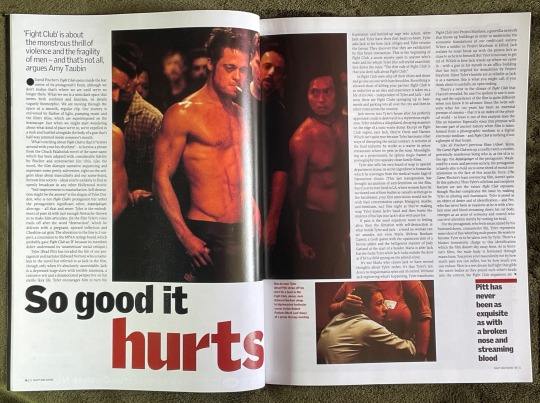
#HOW GOOFY IS THAT PICTURE OF THE NARRATOR ON THE COVER!!#ALSO THIS IS THE ARTICLE THAT MENTIONS THE HOMOEROTIC TONES#i learned after i had got it that i have alrady read this article on fight club in my Fincher interviews book#HOWEVER i love the silly pictures and cover that comes with it#and it has a bunch of other really cool articles like an interview with Soderbergh and one about Being John Malkovitch#(which is another of my favourite movies)#this is definitely one of my favourite articles on fight club and i’m so happy to have an og copy#fight club#tyler durden#the narrator#david fincher#fight club 1999#edward norton#brad pitt#helena bonham carter
424 notes
·
View notes
Text
Ravi, shocked: You have a fake ID? With a fake name and everything?
Chim: Why would you even need a fake ID for?
Buck: I don't have to explain myself-
Eddie: He used it to get a second library card so he could take out twice as many books at once.
Buck: You traitor.
Hen: Ha! nerd, but where could someone get one of those?
#incorrect 911 quotes#incorrect buddie#buddie#911#911 abc#ravi panikkar#chimney han#evan buckley#eddie diaz#hen wilson#bobby nash#let my man read edmundo#buck and hen should have a book club
789 notes
·
View notes
Text
Enjoy receiving emails from besotted biographers about their genius associates?
Then have I got some email bookclubs starting in 2024 for you!

[IMG A cartoon of Holmes and Watson running side by side, dressed in country tweeds. Holmes is pointing. Lettering reads Letters from Watson, the Novels]
Letters from Watson is reading through the Sherlock Holmes short stories by Arthur Conan Doyle throughout 2023.
In 2024 we'll be reading the novels starting January 1st, with A Study in Scarlet. Hold on for more mystery and adventure with the Great Detective and his dashing doctor.

[IMG A cartoon of Raffles and Bunny running side by side, dressed in formal suits and top hats and wearing masks. Raffles is clutching some pearls and has jewels in his pockets. Lettering reads Letters from Bunny]
But perhaps you'd rather take a little trip to the other side of the law?
Letters from Bunny will be reading the Raffles stories by EW Hornung, featuring gentleman thief (and cricketer) AJ Raffles and his burglar companion Bunny Manders, from the Ides of March (March 15th)

[IMG A cartoon of Jeeves and Wooster walking side by side, Wooster dressed in colourful clothes and a boater, Jeeves in a monocrome suit. Lettering reads 'Letters Regarding Jeeves']
For something a little lighter, Letters Regarding Jeeves will be reading the uproarously funny public domain stories featuring chap about town Bertie Wooster and his bulging-brained valet Jeeves, starting February 14th.
Reblogs appreciated to spread the word!
#letters from watson#letters from bunny#letters regarding jeeves#literature#book club#sherlock holmes#raffles#crime and cricket#jeeves#jeeves and wooster#pg wodehouse#reading#to read
787 notes
·
View notes
Text
I was back in my old school and a 10 yo kid offered me cocaine in exchange for me attending his fantasy book club.
#dream#text#January 9th 2024#school#drugs tw#book club#fantasy book club#book#reading#queueueueueueueueueueueueueue
594 notes
·
View notes
Text

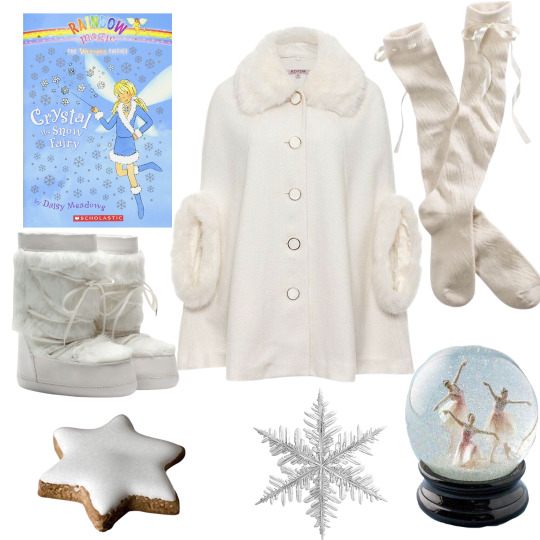




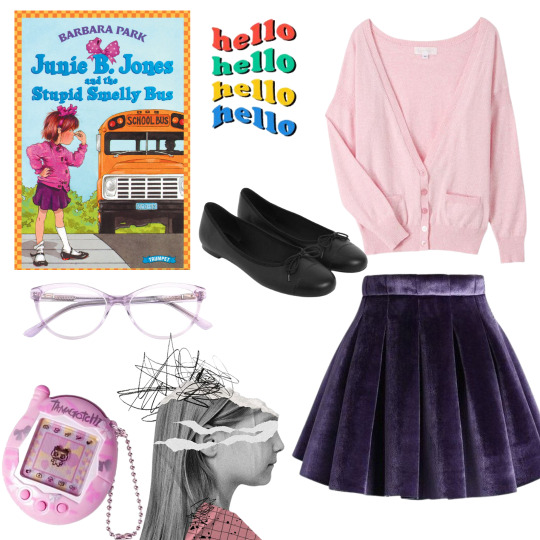
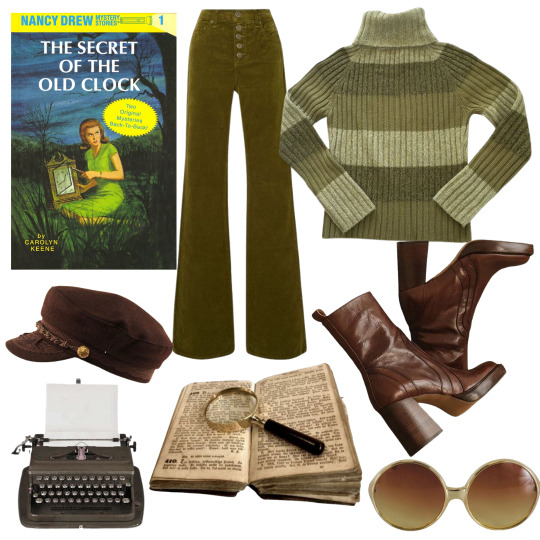
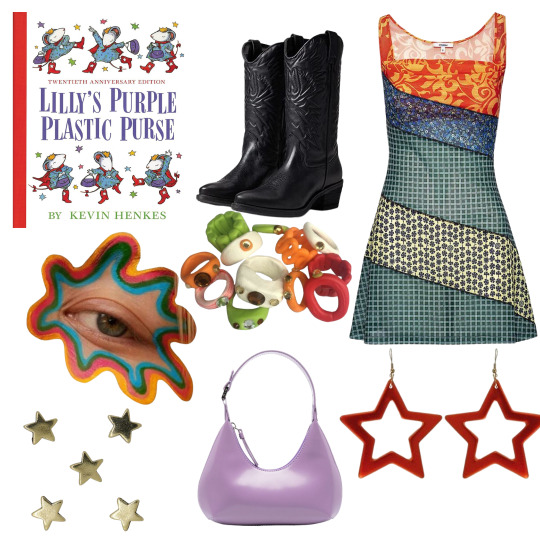

my favorite childhood books + tag which one you'd be
#i loved loved loved these books#all i remember read over and over again#literature#childhood#the bad case of the stripes#rainbow fairy#chrysanthemum#alexander and the terrible horrible no good day#goosebumps#say cheese and die#the babysitter club#junie b jones#nancy drew#lilly's purple plastic purse#goodnight moon#books
559 notes
·
View notes
Text
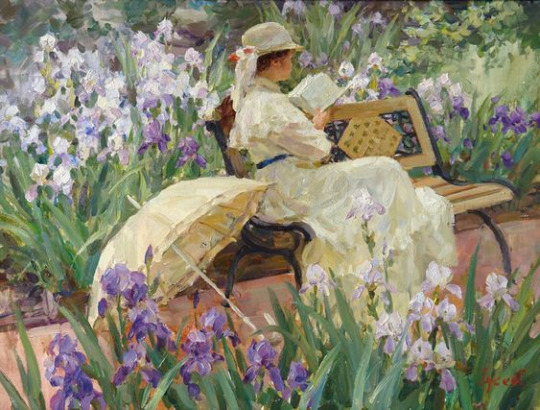

Book club paintings vol. 2 ♡ Reading (2004) by Vladimir Gusev / Deliciosa soledad (1909) by Frank Bramley
#learnelle book club paintings#cottagecore#flowercore#naturecore#bookblr#reading#bookish#nature aesthetic#naturelover#flowers#cottage lifestyle#cottage aesthetic#fairy cottage#cozycore#cottagecore aesthetic
1K notes
·
View notes
Text
“Is there anything better than iced coffee and a bookstore on a sunny day? I mean, aside from hot coffee and a bookstore on a rainy day.”
Emily Henry, Book Lovers
#book quotes#bookblr#bookish#emily henry#book lovers#books#quotes#bookstagram#booktok#book tumblr#reading#book club#book lover#bibliophile#bookworm#book worm#readers of tumblr#booklr#book community
1K notes
·
View notes
Note
this might make me sound ignorant but is the radfem part of term not about hating men? they hate trans people, they hate men and they view both as predatory, obviously men are not their primary targets but I feel like it would be incorrect to say that they don't hate men, especially since many of them believe in gender separatism (which is bs for numerous reasons). it's wrong to bring up men every time someone talks about the transmisogyny terfs spew bc that would be derailing the conversation but can men (trans/cis/whatever) not express how they've been hurt by terfs in their own posts or conversations? apologies if ive completely misinterpreted what you were saying I just want to understand the topic better
I’m not disputing that terfs hate men. However, I think it’s an error to highlight their hatred of men as ideologically significant. Sure they talk about hating men, but their political alliances reveal that dismantling patriarchy, or a desire to oppress men, is not a concern for them, given that they support the criminalisation of sex work, the state enforcement of sex as biologically determined, and are allied with the same right wing groups (such as the Heritage Foundation in the US) that want to criminalise abortion and reinstate “traditional” white western gender norms. If you view terf political goals through the lens of hating men, then their political efforts have overwhelmingly been a massive failure. Which I don’t think is very useful analysis!
A hatred of men is also not politically useful in general, because there is no money to be made or political battles to be won hating men. Hatred of men is not a systemic issue because men are not oppressed as a social group on the basis of their manhood. There is no political or financial infrastructure built on the foundation of hating men, nor is there infrastructure dedicated to maintaining a systemic hatred of men. Hating trans people, however, is extremely financially and politically lucrative, particularly hatred of trans women/transfems, because of how transphobia and misogyny intersect with and reinforce one another. There are ample political, financial, medical, and social institutions that operate on the maintenance of patriarchy, many of which terfs share a political platform with. So terf hatred of men is clearly not that big a deal given how willing they are to ally with right wing groups and fascists, who are the last people on earth to tolerate the oppression of men as a political goal.
This is why people (myself included) take umbrage with the continued insistence that terfs hate men as a central foundation of their beliefs. It’s not incorrect to say that they hate men, but hating men is not the problem with terfs. Hatred of men is not an inherently reactionary position anymore than hating cis people is. The problem is the way terfs conceptualise gender, and the political goals that flow from that conceptualisation, which affects all trans people but primarily affect trans women/transfems. The spectre they raise about bathrooms, about sports, is always the age-old transmisogynistic conspiracy of “a man in a dress” “invading women’s spaces” because the historical legacy of transmisogyny looms large in public consciousness, and reinforced by medical/psychiatric institutions in particular, in a way that hatred and fear of trans men does not (autogynephilia exists as a mental illness but autophallophilia does not, for example. Julia Serrano talks about this in Whipping Girl if you want to read more on the subject). Terfs don’t care about trans men in men’s sports, they don’t raise the counter-spectre of trans men being mass assaulted in bathrooms by cis men who discover that they’re “really women” - these are not rhetorical moves that are interesting or useful to them, because it does not position them as victims. Trans men are hurt by their transphobic rhetoric, suffer under transphobic laws that are passed, and face transphobic discrimination from people in their lives as a result of how mainstream transphobia is (and I am speaking from significant and traumatic personal experience on this front). We are not, however, the face of the transgender boogeyman, and we are not the primary target of terfs. We are targets because we are trans, not because we are men. To be dismissive of the claim that terfs hate men is not a dismissal of the pain and violence transmascs go through, because our oppression is not founded on our manhood.
So when you see terf political efforts and terf rhetoric, their obsessive focus on trans women as arch villains who need to be destroyed, and you come to the conclusion that a hatred of men is the animating force behind terf political activity - that is a transmisogynistic conclusion, both because you are framing their transmisogyny as something that is primarily informed by a hatred of men, and because “terfs hate men” is a non-sequitur in discussions about the political and social damage that their beliefs cause. If terfs hate men, they do so as a hobby, and I don’t really give a fuck about their hobbies
#asks#even old new york was once new amsterdam#transmisogyny tw#transphobia tw#book club#I haven’t read all of whipping girl btw just excerpts#I need to read it though lol. I’ll add it to the pile#note hell#effortpost
1K notes
·
View notes
Text
If you have only watched the Ouran High School Host Club anime I really cannot recommend reading the manga enough. There is (at least) twice as much plot as the anime has and it delivers so much more character and relationship development for every club member. You deserve to see more of them!
#id say ESPECIALLY if you really like honey and mori since they are so secondary in the anime#the manga goes hard with showing how much the others look to them for guidance and just how ridiculously perceptive honey especially is#and for kyotama fans its so fucking gay you cannot imagine. its. god#kyoyas attendants have synced up thoughts about how gay it is#just please read the manga yall deserve to know how much is out there#ohshc#ouran high school host club#moss does books#ecdysing
229 notes
·
View notes
Text
Reading Like A Victorian
A while ago, I discovered the website 'Reading Like a Victorian', a digital humanities project from The Ohio State University and collaborators.
Since tumblr's been going through a bit of a serial-literature revival, I thought I would share...
Here are some extracts from the website's 'About Us':
RLV is an interactive timeline of the Victorian period. It focuses on serialized novels [...] and adds volume-format publications for context.
When we read Victorian novels today, we do not read them in the form in which they originally came out. Most Victorian novels appeared either as “triple deckers,” three volumes released at one time, or as serials published monthly or weekly in periodicals or in pamphlet form. Serialized novels’ regularly timed, intermittent appearance made for a reading experience resembling what we do when we are awaiting the next weekly episode of Game of Thrones, watching installments of other TV serials in the meantime. Whenever we pick up a Penguin or Oxford paperback of a Victorian novel today, we are engaged in the equivalent of binge-watching a series that has already reached its broadcast ending [and is] a very different experience from what Victorian audiences were doing with novels. Reading Like a Victorian reproduces the “serial moment” experienced by Victorian readers [...]
More info and screenshots and so on below the cut:
[...] if reading serial installments at their original pace is valuable, it is even more valuable to read them alongside parts of novels and of other kinds of texts that Victorian readers could have been following at the same time [...]
[...] a reader who, in 1847, had been following the part issues of both Dickens’s Dombey and Son and Thackeray’s Vanity Fair and then picked up Jane Eyre, published in volume form in October of that year, might notice in Florence Dombey, Becky Sharp, and Jane Eyre a pattern of motherless or orphaned girls trying to negotiate a hostile world on their own. While this figure is well known to be a character type in Victorian fiction perfectly embodied by Jane Eyre and Florence Dombey, Becky Sharp does not often emerge among the heroines who fit that type; reading the novels simultaneously foregrounds parallels between Becky, Florence, and Jane that are not at all obvious if their storylines are experienced separately
I find that, for browsing, the website is easier to use on a computer or tablet than a phone, but it's ok on phone to search for something specific.
The timeline:
Here's what the timeline looks like:
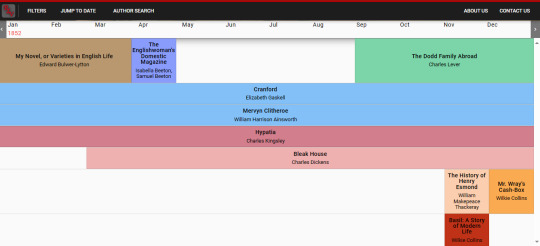
It shows 12 months at a time, and using the left and right arrows will move you back or forward by a month. You can use the 'Jump To Date' function to navigate to a different twelve-month period. Or you can use the 'Author Search' function to navigate to particular works if you know the author's name.
In the above screenshot of the timeline, which shows the period January to December 1852, there are several works shown, including:
ongoing serialised works which had at least one installment published prior to 1852;
works which began serialisation during 1852;
works published in three-volume format during 1852;
other works published during 1852
Details about each work:
You can click on the bar that represents a book's publication to get a drop-down that provides information about that book, its publication, and links to help you read the relevant serial parts.
Here's what happens if you click on Elizabeth Gaskell's Cranford:

On the left of the drop-down, there's some general information about the work, its publication history, and how to use the links.
On the right, there's information and links to help you experience the book in its serial parts: it separates out the parts, indicates the month and the year they were published, and what chapters of the work were published in that part. It also provides notes on each part where helpful. There is a scroll-bar at the right of the drop-down, so you can scroll down to the later installments of the work.
[I chose Cranford as an example as it helps demonstrate the value of the Reading Like a Victorian website... From what I understand, Gaskell initially wrote 'Our Society at Cranford' as a standalone piece of short fiction, but was encouraged to write more, so further pieces also set in the fictional town of Cranford were published intermittently in the same magazine over the next year or so. While a particularly dedicated Gaskell fan who wanted to 'read along' with Cranford following the original publication could probably search 1.5-years-worth of a weekly magazine to find the 9 issues which included the material which would later be published as Cranford, the Reading Like a Victorian website has already done that work for them... and also for anyone else who might be interested, but not quite that interested.]
The links
You can then click on an individual chapter to get links to various places to read it online:

When available / where possible, the website tends to include links to:
a facsimile copy of either the relevant serial part in the original publication, or in an 'annual' or similar volume collecting together the content of that publication, or a volume-form edition of that work if the work was not published serially or if facsimile copies of the original serialised publication are not available. [Most of the facsimiles are hosted by either the Internet Archive or the Hathi Trust Digital Library, but some are hosted as part of smaller, more specific collections, such as - in the case of Cranford - Dickens Journals Online which provides online access to the journals/magazines edited by Charles Dickens);
the text, usually on Project Gutenberg (this is usually the volume-form text, so the exact content and chapter breaks and so on may be different than originally published in serial parts; the Reading Like A Victorian website will generally explain when this is the case);
audio recordings, usually volunteer recordings from Librivox (again, the recordings are usually based on the volume-form text, so the exact content and chapter breaks and so on may be slightly different than originally published in the serial parts).
So yeah, I just thought it was a cool website and worth sharing. I believe the website is already used as a resource by some University courses and for academic research, but it can also be used by book clubs and to aid personal reading, etc. I'm using it to inform a personal reading project for 2024-26 where I follow along with six or seven novels serialised in 1864-66.
To save a scroll to the top, here's the link to the RLV website again: Reading Like A Victorian (osu.edu)
[If you want to join an already-planned read-along based on the original serialisation schedule, @dickensdaily will be doing Charles Dickens's historical novel Barnaby Rudge: A Tale of the Riots of 'Eighty from mid-February 2024 to late-November 2024, to follow along with the original weekly publication of the novel in Master Humphreys Clock from February 1841 to November 1841. I personally found Barnaby Rudge a really engaging, thought-provoking read, and I'm really looking forward to reading it again. (Anyone with particular triggers or other reasons to be wary of the content or language used in older books may find it helpful to look up content warnings for the book before making a decision to read it.)]
#reading like a victorian#victorian literature#victorian era#serial reading#serialisation#digital humanities#tumblr book club
265 notes
·
View notes